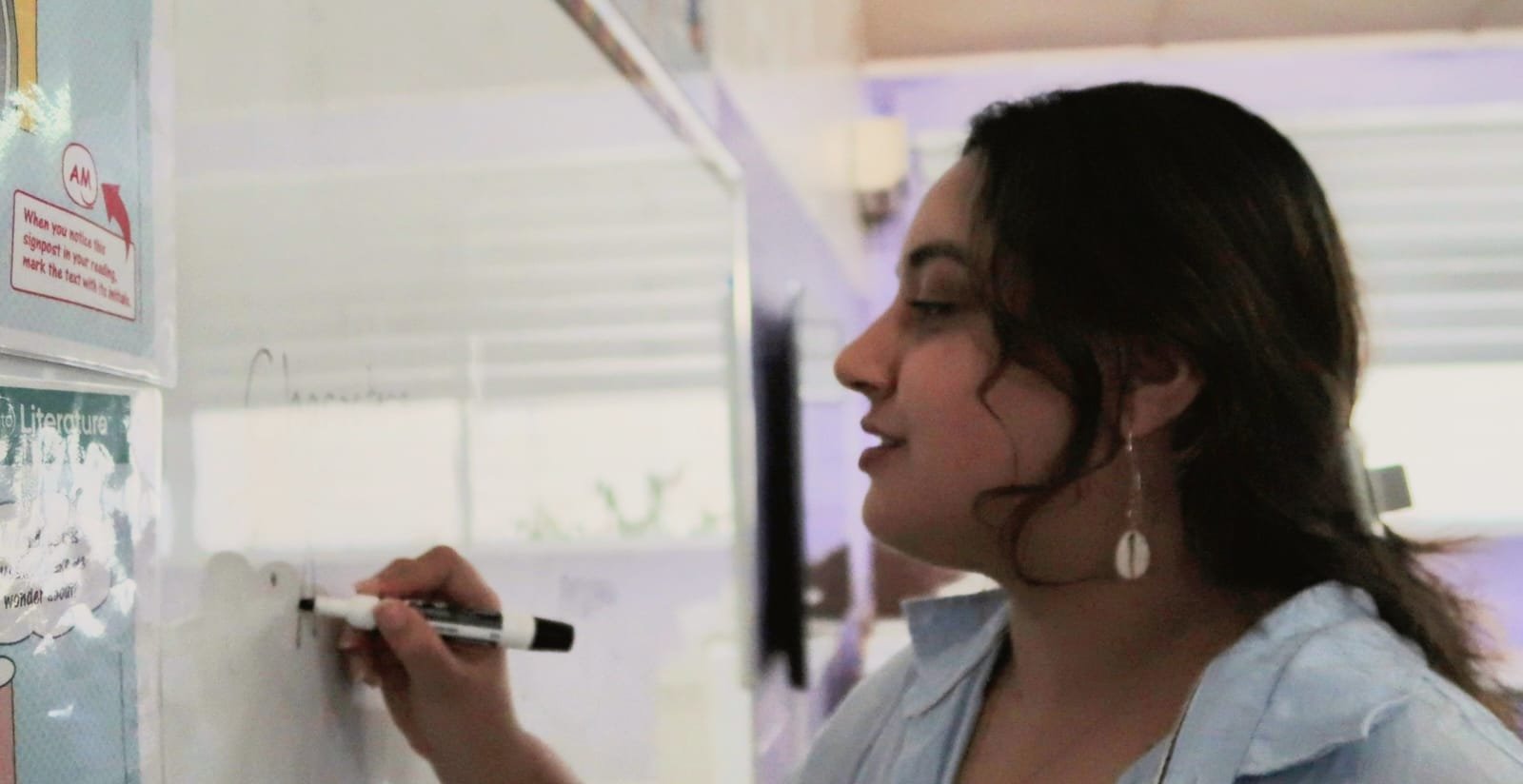
“We do not learn from experience… we learn from reflecting on experience.”
— John Dewey
What I’ve Taught… and What I’ve Learned
In my educational journey, I've had the privilege of encountering a diverse array of curriculums, frameworks, and teaching models. These experiences have profoundly influenced my perspective on education, leaving an indelible mark on my teaching practices. While I may not always explicitly follow these frameworks, their wisdom seeps into my teaching, enhancing the educational experience in unexpected ways. Explore with me as I share the invaluable insights I've gained and the innovative approaches that have emerged from these experiences.
-
Pre-AP:
https://pre-ap.collegeboard.org/learn-about-pre-ap/how-pre-ap-works
Education and the Environment Initiative:
https://www.californiaeei.org/curriculum/
https://www.californiaeei.org/media/1445/epc_eei-curriculum-flyer.pdf
https://www.californiaeei.org/abouteei/benefitsenviro/
https://www.cde.ca.gov/ci/sc/ee/
https://youtu.be/EuTyAix6ctw
Ethnic Studies:
https://www.cde.ca.gov/ci/cr/cf/esmc.asp
https://california100.org/ethnic-studies-for-all-californias-new-high-school-requirement/
https://www.societyforhistoryeducation.org/pdfs/de_Oliveira.pdf